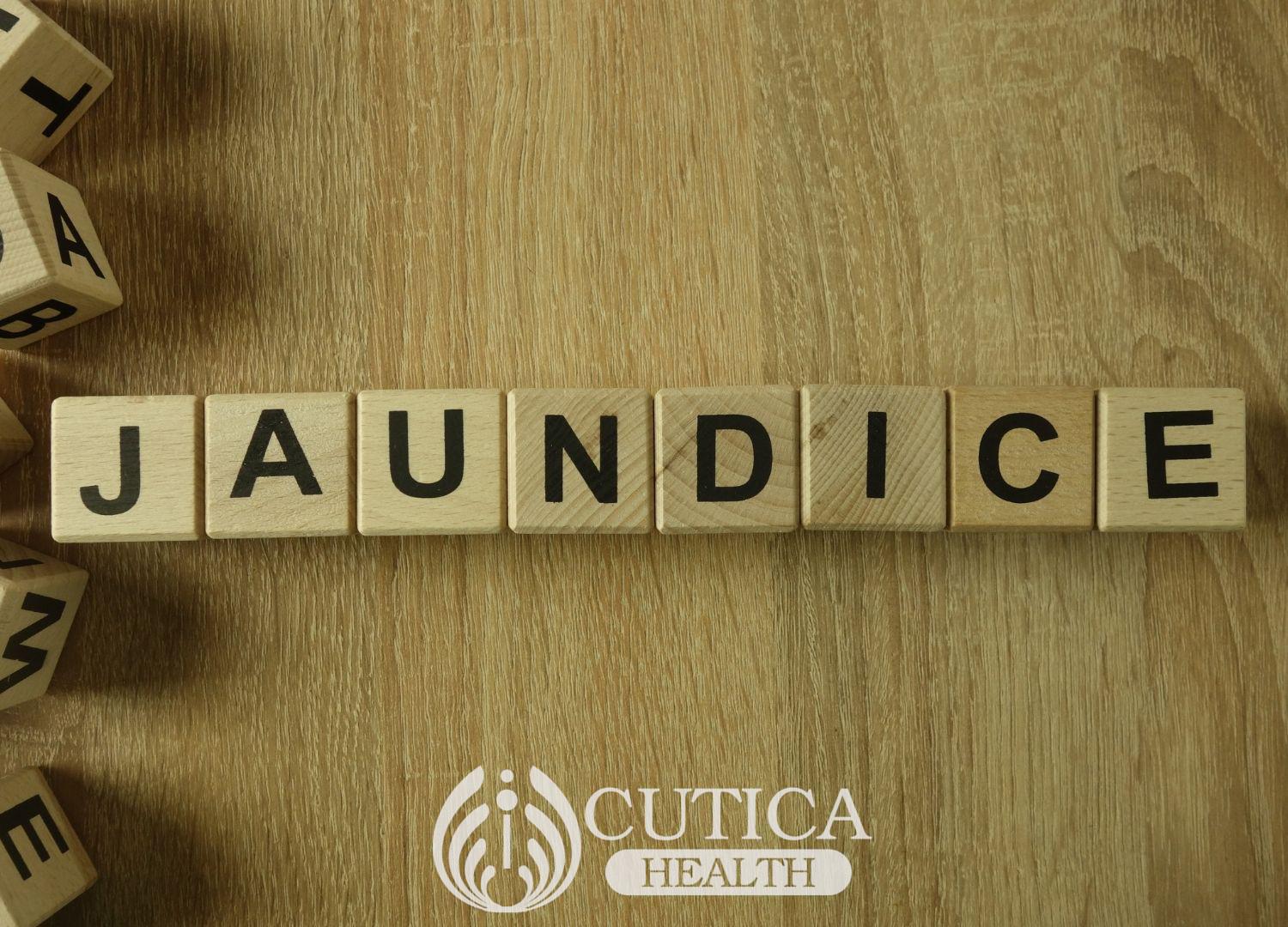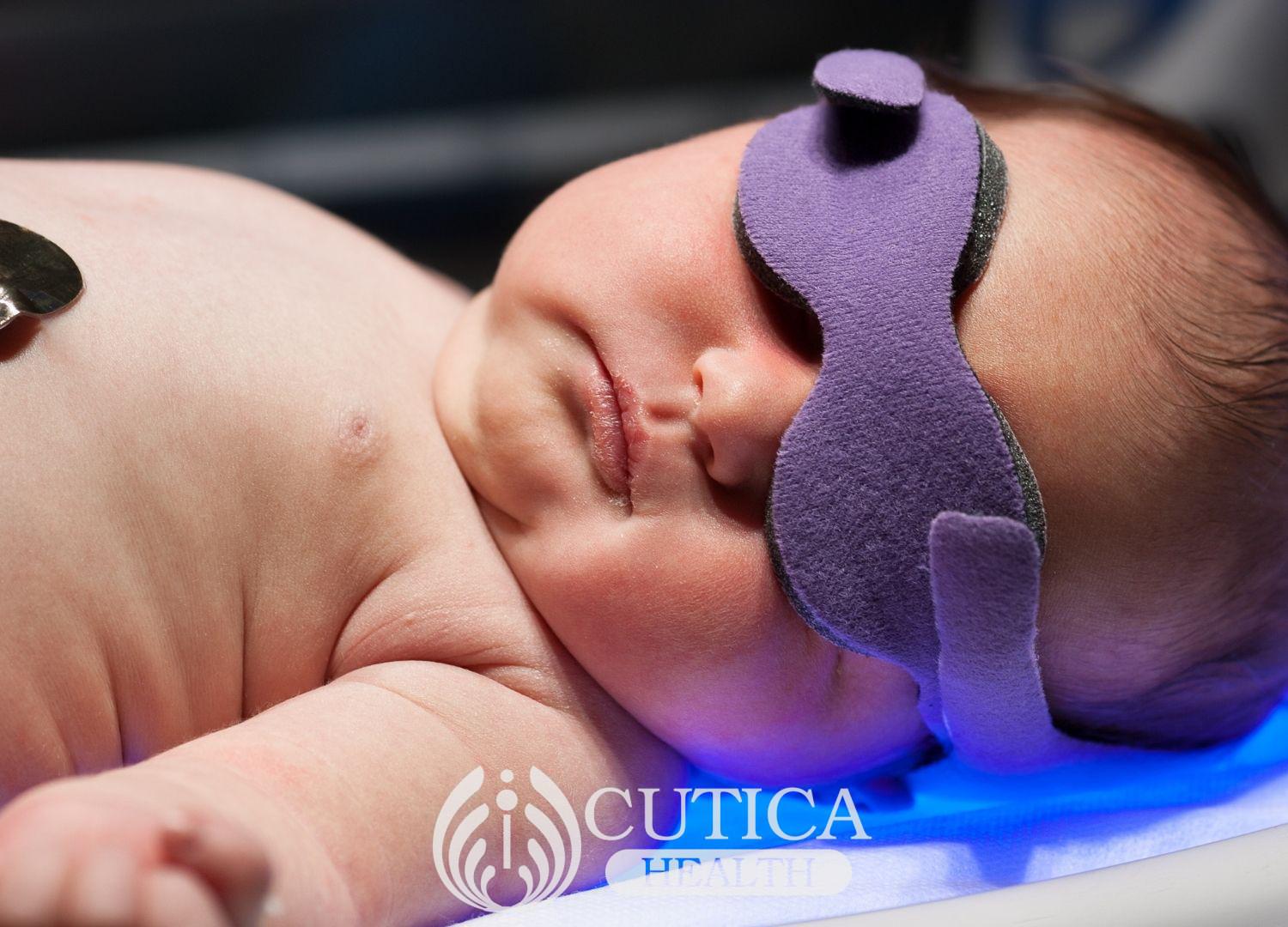
Rachel had just delivered a bouncing baby boy and her husband has not ceased to stop dancing round the house. Just before he left home to go bring his wife and the newborn from the hospital, he got a call from Rachel: “the doctor says we have to stay overnight because the baby’s eyes are yellow.”
Jaundice refers to the yellow discoloration of the skin and eyes due to a high level of a pigment known as bilirubin in the blood. This pigment is produced when red blood cells break down. The pigment then colours the skin and thin linings in the body, including the white of the eyes.

In newborns, jaundice could be physiological or pathological.
In physiological jaundice, the accumulation of bilirubin is simply as a result of the newborn’s normal body processes. There are two reasons for this:
- In newborns, red blood cells, which carry oxygen in the blood,have a shorter life span and are broken down faster. When red blood cells break down, they release the chemical bilirubin; thus, the faster they break down, the more bilirubin accumulates.
- Further, the liver which processes this pigment and breaks it down for removal through the kidneys is immature in newborns, and may not perform this function effectively.
Physiological jaundiceis entirely normal andresolves on its own as the baby begins to feed and their liver matures. Most cases are expected to have completely resolved within two to three weeks.
In pathological jaundice, an underlying medical problem is responsible for the accumulation of the pigment.

Pathological jaundice occurs in a newborn when the red blood cells break down faster than normal or when the liver has a disease condition that prevents it from processing and removing bilirubin effectively from the body. Some conditions that could cause this include:
- Blood infection, called sepsis
- Premature birth
- Incompatible blood type from the mother’s
- Liver diseases where flow of bilirubin is obstructed in the liver, such as biliary atresia
- Enzyme problems causing the red blood cells to break down more frequently
- Abnormality in the red blood cells, causing them to break down quickly
While most cases of jaundice resolve without any residual effect on the baby’s health, a condition called kernicterus is a feared complication in untreated cases. This happens when there is damage to the child’s brain by the excess bilirubin. This can lead to seizures, cerebral palsy, learning disability and poor development.
Treatment of Jaundice
Treatment of jaundice depends on the cause and how much bilirubin has accumulated in the bloodstream; treatment options include:

- In physiological jaundice, treatment may not be necessary as it usually resolves on its own.
- In jaundice caused by disease processes or prematurity, doctors may prescribe medications to deal with the primary ailment and also initiate light therapy, a procedure that uses ultraviolet light to break down and remove bilirubin from the blood.
- Where the jaundice is extremely severe, a procedure known as exchange blood transfusion may be done. Here, the damaged blood is replaced with healthy red blood cells. This also effectively reduces the level of bilirubin.
Conclusion

Jaundice is a common condition in newborns. While many cases are entirely normal and resolve spontaneously, other cases result from disease processes in the newborn, such as blood infection, liver disease, and blood type incompatibility. Don’t ignore yellowness in your child’s eyes or face, speak to your child’s doctor as soon as you notice it.












